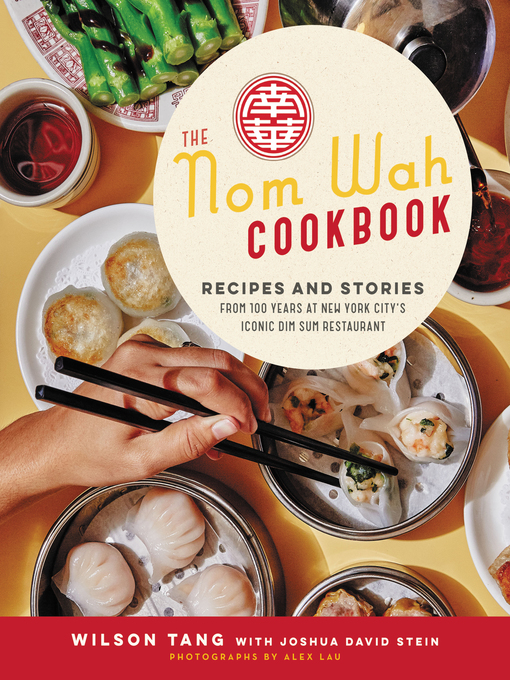A RECOMMENDED BOOK FROM:
Bon Appetit * The New York Times Book Review * Epicurious * Plate * Saveur * Grub Street * Wired * The Spruce Eats * Conde Nast Traveler * Food & Wine * Heated
For the last 100 years, Nom Wah Tea Parlor has been slinging some of the world's greatest dim sum from New York's Chinatown. Now owner Wilson Tang tells the story of how the restaurant came to be—and how to prepare their legendary dishes in your own home.
Nom Wah Tea Parlor isn't simply the story of dumplings, though there are many folds to it. It isn't the story of bao, though there is much filling. It's not just the story of dim sum, although there are scores and scores of recipes. It's the story of a community of Chinese immigrants who struggled, flourished, cooked, and ate with abandon in New York City. (Who now struggle, flourish, cook, and eat with abandon in New York City.) It's a journey that begins in Toishan, runs through Hong Kong, and ends up tucked into the corner of a street once called The Bloody Angle.
In this book, Nom Wah's owner, Wilson Tang, takes us into the hardworking kitchen of Nom Wah and emerges with 75 easy-to-make recipes: from bao to vegetables, noodles to desserts, cakes, rice rolls, chef's specials, dumplings, and more.
We're also introduced to characters like Mei Lum, the fifth-generation owner of porcelain shop Wing on Wo, and Joanne Kwong, the lawyer-turned-owner of Pearl River Mart. He paints a portrait of what Chinatown in New York City is in 2020. As Wilson, who quit a job in finance to take over the once-ailing family business, struggles with the dilemma of immigrant children—to jettison tradition or to cling to it—he also points to a new way: to savor tradition while moving forward. A book for har gow lovers and rice roll junkies, The Nom Wah Cookbook portrays a culture at a crossroads.

